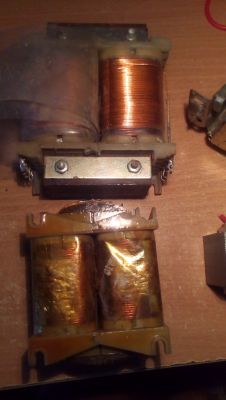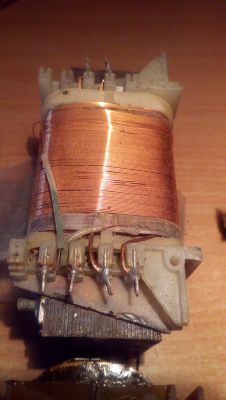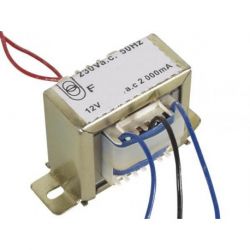Hello, I know there were similar topics but I don't know how to do it. I'm going to do something like in the video:
The photo is marked with numbers. The connection is there between: 1-2, 4-5, 7-8
Please tell me between which pins should I measure the resistance (high resistance = primary winding?) To know which winding is primary?
Where there is the primary winding, I will remove it and there will be a wire, and where the secondary winding is, I will connect it to the electricity. Should it work right?

The photo is marked with numbers. The connection is there between: 1-2, 4-5, 7-8
Please tell me between which pins should I measure the resistance (high resistance = primary winding?) To know which winding is primary?
Where there is the primary winding, I will remove it and there will be a wire, and where the secondary winding is, I will connect it to the electricity. Should it work right?






